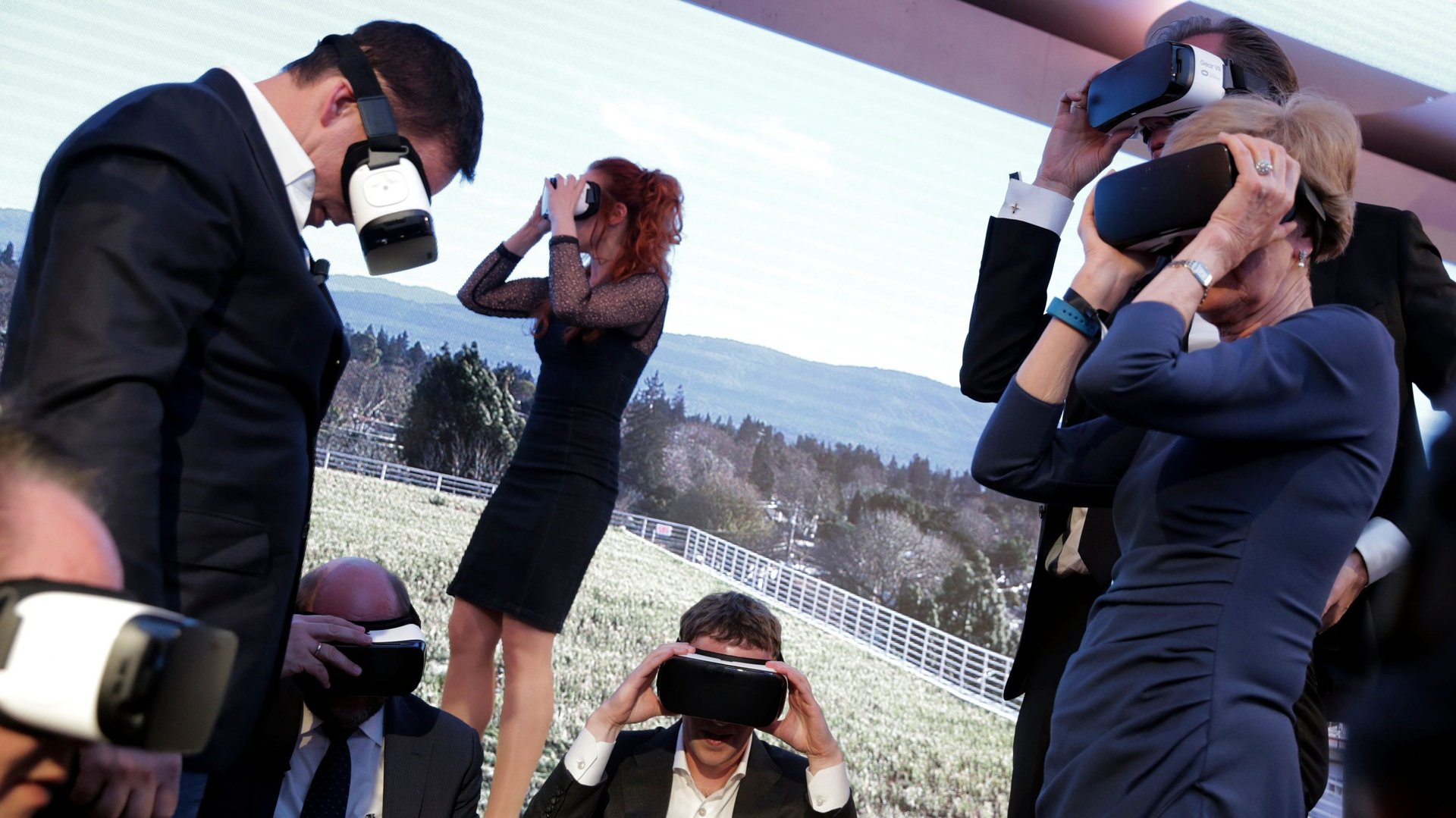Silicon Valley wants to build a monument to itself. Good idea!
Monuments are seldom loved at their inception.


Monuments are seldom loved at their inception.
The Eiffel Tower was decried as a “useless and monstrous … hateful column of bolted sheet metal” by French artists and intellectuals during its construction. The St. Louis Gateway Arch was called a boondoggle, a symbol of fascism, and “a stupendous hair pin” before it opened in 1965. Even the Statue of Liberty was criticized for its cost. “No true patriot can countenance any such expenditures for bronze females in the present state of our finances,” sniffed the New York Times.
Given the historical record, it perhaps goes without saying that a monument to Silicon Valley planned for the city of San Jose is unlikely to be universally embraced.
The envisioned structure will “make a statement that defines and unites the citizenry’s technological prowess in harmony with our natural surroundings,” according to its backers, the San Jose Light Tower Corporation. The non-profit civic organization takes its name from a 207-foot tall structure built in 1880 (and destroyed in 1915), but the group says it’s not building a replica of the tower. Rather, it plans on holding a public design competition for the monument, which it hopes to put in a city park with privately raised funds.
For critics of Silicon Valley, this is low-hanging fruit. Does an industry that routinely celebrates itself with ostentatious product rollouts, devises grandiose mission statements, and elevates its executives into cult idols really need another reminder of its own self-worth? And in a region with an enormous shortage of affordable housing, is building an uninhabitable structure the best use of civic energy and attention?
In any contest over the best use of money, public or private, monuments will always lose over more urgent needs like housing, schools, and highways. Yet there’s a value to commemorative public works, even if it’s not apparent until decades have passed.
Monuments instill civic pride and create a collective sense of ownership. They lack utility, but that doesn’t make them useless. “A monument is the only piece of architecture whose sole functionality is to act upon the spirit and evoke symbolism,” wrote architect Olivia Kempf.
As signposts of history, monuments declare the priorities of a particular time and place. In some cases, as with the Statue of Liberty, they serve as a statement of enduring values. In other cases, as with monuments to Confederate war dead, they can be a lesson in how much has changed.
Monumental architecture helps make cities distinct and memorable, creating a shared identity for residents and, perhaps more importantly, for the world at large. Landmarks become trademarks, a point of distinction that’s particularly valuable for cities eager to distinguish themselves. Try to picture the skyline of Atlanta, or Houston, or San Jose, for that matter. They are anonymous collections of unremarkable skyscrapers.
Most American cities lack the great monuments of Europe in part because the cathedrals and towers of the Old World weren’t subject to the scrutiny of modern budgeting and planning. Pope Nicholas V didn’t put the designs of St. Peter’s Basilica to a public referendum. Americans may be fortunate to have more of a say in the appearance of their cities, but democracy, at least in this case, comes with a cost. Few elected officials dare commit taxpayer money to structures with such an abstract purpose these days.
It makes sense, then, that San Jose’s monument will be paid for by its richest citizens. In a region of towering fortunes, and vast gulfs of inequality, it’s fitting that an edifice celebrating the region’s technological wizardry should be funded by those who have benefitted the most from it. Let them build it. History will judge its ultimate value.